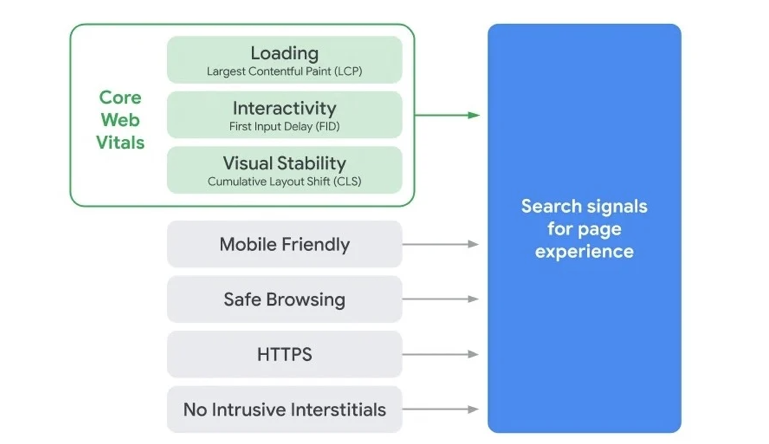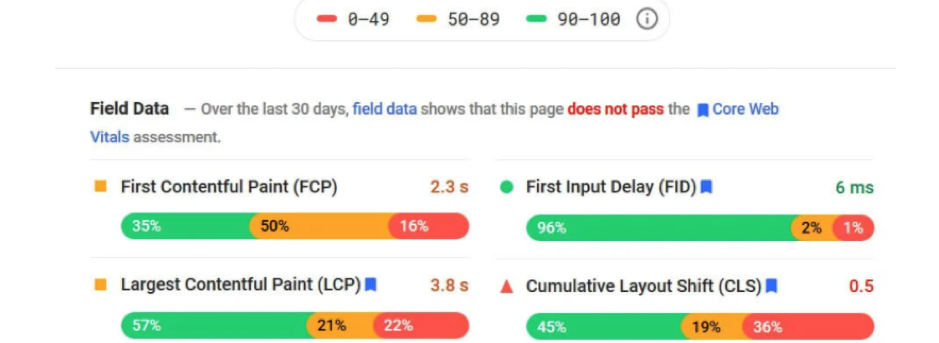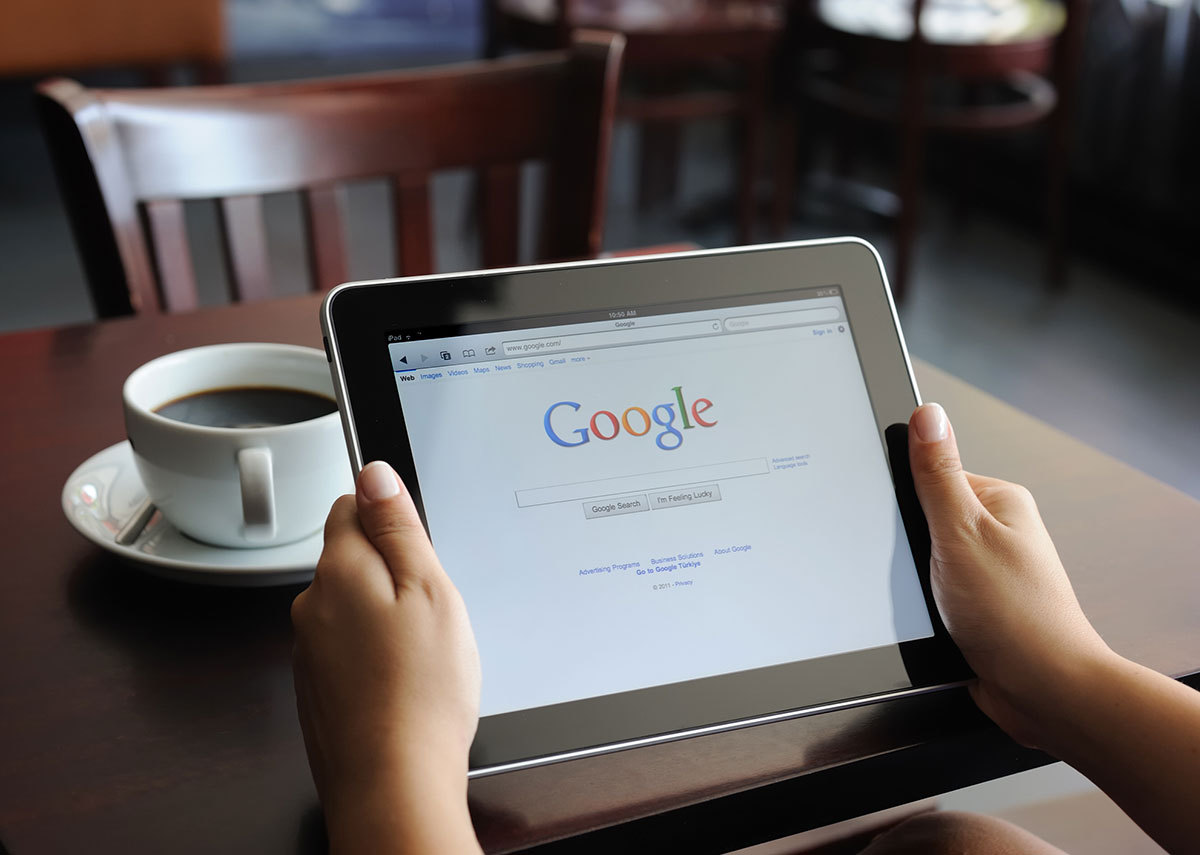At the end of May 2020, Google took to its Official Webmaster Central Blog to announce an upcoming algorithm update which would “incorporate page experience metrics” – basically increasing the importance of user experience in relation to SEO.
Google has chosen to delay the launch of this change in algorithm to 2021 — effectively giving us six months to deal with the current impact of the COVID-19 pandemic before the large algorithm change hits.
What exactly did Google announce?
The key points relating to Google’s user experience update are:
- Consolidation of existing user-related metrics, relating to loading speed and user experience aka ‘page experience’
- Introduction of a new measure called Cumulative Shift Layout, which they have designed in order to assess visual instability on a page
At first glance, it seems to be more about a change in terminology and definition which allows more clarity on what user experience metrics, SEO specialists like ourselves, should focus on.

What is Cumulative Layout Shift (CLS) and how does it work?
So, the biggest change seems to be the introduction of Cumulative Layout Shift (CLS) which is aimed at measuring “visual instability” — usually relating to the jumps and shifts that users see on a page when they are trying to use it. This can lead to users pressing the wrong thing on a site by mistake, as this video from Google themselves neatly shows:
Google is going to calculate a score for each page on your website, with a score of 0.1 or less representing a good user experience and a score of 0.25 and above representing a bad user experience. In fact, we have noticed that they have already introduced the CLS measurement into their PageSpeed Insight Tool — as illustrated below:

What impact will CLS have on rankings?
Even though it may not look like it from the above, all Google really wants is for the results they show searchers, to be the best answer to their search query — after all, content is a key part of user experience.
So, page experience still won’t affect your rankings as much as good content does — as highlighted in this quote from Google’s announcement:
“While all of the components of page experience are important, we will prioritise pages with the best information overall, even if some aspects of page experience are subpar. A good page experience doesn’t override having great, relevant content. However, in cases where there are multiple pages that have similar content, page experience becomes much more important for visibility in Search.”
This means if you have very similar content on your site to your competitor, then you can gain the advantage by improving your page experience. However, you may gain an advantage by focusing on improving your content marketing efforts — and this may, in fact, provide you with a quicker win.
The team at Zool are here to help. If you want to make sure that the user experience on your site is as inclusive as possible, get in touch with us. You can call us on 01625 238 770 or email us at [email protected]
Google’s user experience update: what do you need to know?
Digital SEO / Aug 3, 2020
At the end of May 2020, Google took to its Official Webmaster Central Blog to announce an upcoming algorithm update which would “incorporate page experience metrics” – basically increasing the importance of user experience in relation to SEO.
Google has chosen to delay the launch of this change in algorithm to 2021 — effectively giving us six months to deal with the current impact of the COVID-19 pandemic before the large algorithm change hits.
What exactly did Google announce?
The key points relating to Google’s user experience update are:
- Consolidation of existing user-related metrics, relating to loading speed and user experience aka ‘page experience’
- Introduction of a new measure called Cumulative Shift Layout, which they have designed in order to assess visual instability on a page
At first glance, it seems to be more about a change in terminology and definition which allows more clarity on what user experience metrics, SEO specialists like ourselves, should focus on.

What is Cumulative Layout Shift (CLS) and how does it work?
So, the biggest change seems to be the introduction of Cumulative Layout Shift (CLS) which is aimed at measuring “visual instability” — usually relating to the jumps and shifts that users see on a page when they are trying to use it. This can lead to users pressing the wrong thing on a site by mistake, as this video from Google themselves neatly shows:
Google is going to calculate a score for each page on your website, with a score of 0.1 or less representing a good user experience and a score of 0.25 and above representing a bad user experience. In fact, we have noticed that they have already introduced the CLS measurement into their PageSpeed Insight Tool — as illustrated below:

What impact will CLS have on rankings?
Even though it may not look like it from the above, all Google really wants is for the results they show searchers, to be the best answer to their search query — after all, content is a key part of user experience.
So, page experience still won’t affect your rankings as much as good content does — as highlighted in this quote from Google’s announcement:
“While all of the components of page experience are important, we will prioritise pages with the best information overall, even if some aspects of page experience are subpar. A good page experience doesn’t override having great, relevant content. However, in cases where there are multiple pages that have similar content, page experience becomes much more important for visibility in Search.”
This means if you have very similar content on your site to your competitor, then you can gain the advantage by improving your page experience. However, you may gain an advantage by focusing on improving your content marketing efforts — and this may, in fact, provide you with a quicker win.
The team at Zool are here to help. If you want to make sure that the user experience on your site is as inclusive as possible, get in touch with us. You can call us on 01625 238 770 or email us at [email protected]
Array
